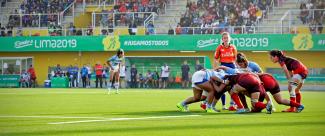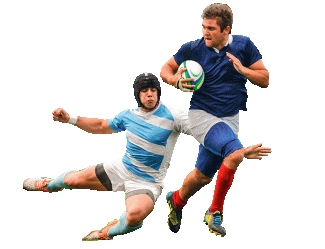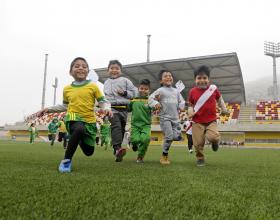
Rugby 7

The main challenge faced by rugby players is to bring the ball into the in-goal area or to kick it above the crossbar between the goalposts. This sport is characterized by its ferocity, speed and strength. Teams of seven players each play matches consisting of two seven-minute halves. A standard rugby playing field is 100 meters long and 70 meters wide.
Eight teams participated in Lima 2019, being first classified into two pools of four teams each where all teams get to play off against each other. Later, teams move on to a direct elimination stage based on their position during the first phase.
Lima 2019 was the third time that men got to play this sport in the Pan American Games, after successful events in Guadalajara 2011 and Toronto 2015. Both times, Canada got the gold medal, while Argentina got the silver and the US got the bronze.
As for the women's teams, Lima 2019 was the second time women's rugby was a part of the Pan American Games. Canada, the US, and Brazil got to claim medals in this sport in Toronto 2015.
During Lima 2019, this event was held at the Complejo Deportivo Villa María del Triunfo.
It was invented in 1823 by William Webb Ellis from the Rugby School in England. Ellis, with fine disregard for the rules of football, took the ball with his hands. In fact, the trophy presented to the winners of the Rugby World Cup carries his name.
Rugby sevens is played by two teams of seven players each. The objective is to carry an oval ball towards the opposing team’s line or to pass the ball between two goal posts and a crossbar placed on the same line.

Images



















